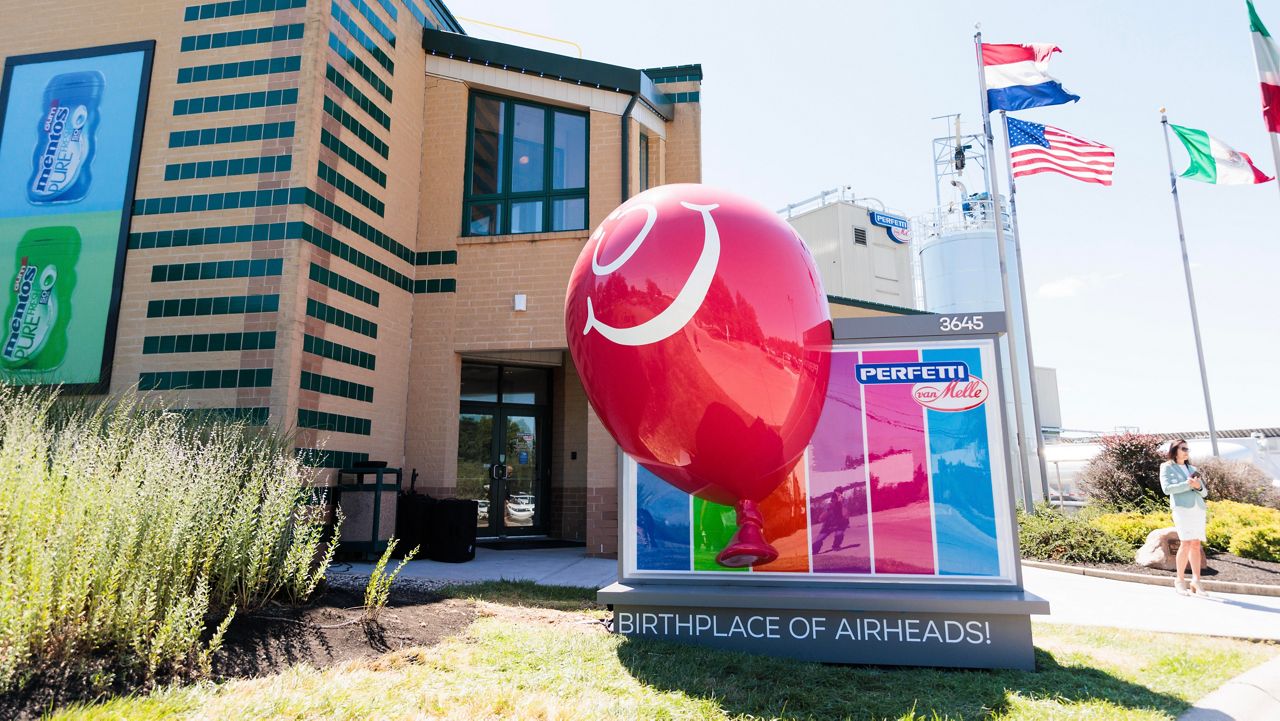COVINGTON, Ky. — The childhood home of a world-famous artist from Kentucky is looking far from a work of art these days.
Leaders from the city of Covington, where the house has fallen into disrepair, are not happy about the level of upkeep. A new law could allow the city to preserve the historic building, despite failed attempts to reach its owner.
Born in 1848, Frank Duveneck is one of the most celebrated American artists of the late 19th and early 20th centuries.
“He’s a significant presence and a cultural icon for northern Kentucky,” said David Davidson, Covington’s city solicitor. His paintings can be seen at Cincinnati’s Taft Museum of Art, for example, and around the world.
The house he grew up in still stands on Greenup Street in Covington. It’s on the historic register, but is currently in rough shape.
Davidson is a fan of Duveneck’s work, but not so much of the current condition of the Duveneck house.
“I mean, the foundation is open there. Water gets in, rodents get in. Who knows what else can get in there,” he said. “This is a huge cavity, right? You can see how things are falling into it.”
In fact, when Davidson looked into that cavity under the house, he saw a man who presumably had been living there.
“I mean, there’s a boy down in there, somebody down there right now,” he said.
On the front door are multiple code enforcement violations, which Davidson said have gone ignored.
“There have been promises made about doing something to repair the building. And nothing has been done. If something’s not done, this building will fall down,” Davidson said. “You really got to think it’s going to be sooner rather than later.”
Charles Alexander is a member of the board of the Frank Duveneck Art and Cultural Center, which is next door to the Duveneck House. Alexander has owned the house since 1999.
Alexander told Spectrum News 1 in late February he’d have to speak to his lawyer before commenting on this story. He has not yet followed up.
Davidson said the city is now trying to take advantage of Kentucky’s Abandoned and Blighted Property Conservatorship Act to appoint a conservator to take possession of and rehabilitate the building.
“Frustration? Yes. Would we rather the owner of the building did something with this themselves? Absolutely. But we’re very interested in not letting this building collapse,” Davidson said. “We just want to make sure it doesn’t fall down. And that’s what we’re going to try to do right now is use what money we have available to try to stabilize the structure. It’s a good building. And it should be put to good use.”
Often called a father of American painting, Duveneck’s legacy isn’t in any danger. The fate of where it started remains to be seen.
The abandoned and blighted property statute requires that any property owners within 500 feet of the Duveneck House must be notified of the action, which the city did. More than 100 letters went out to the people nearby.










